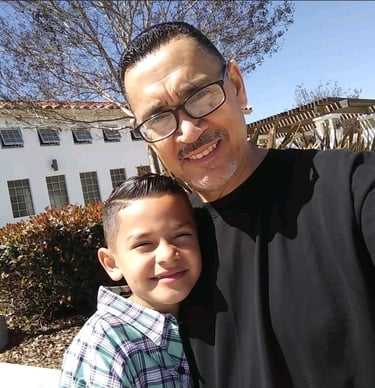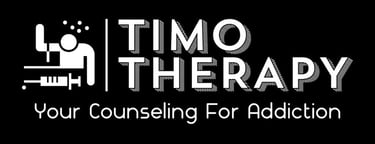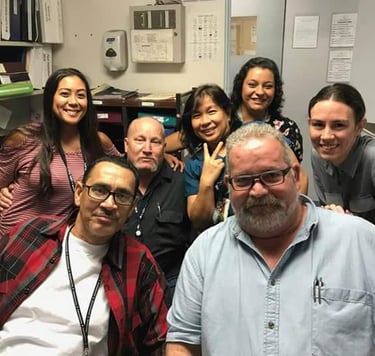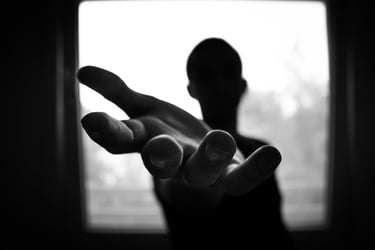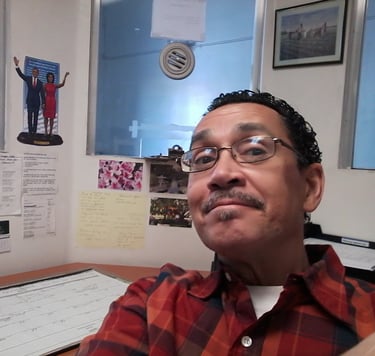Addiction and the Justice System: Are We Punishing the Ill Instead of Healing Them?
This post continues to explore addiction and the justice system and how the legal system criminalizes addiction, the long-term harm it causes, and why a public health approach could change lives—and save them.
LEGAL & SOCIAL ISSUES
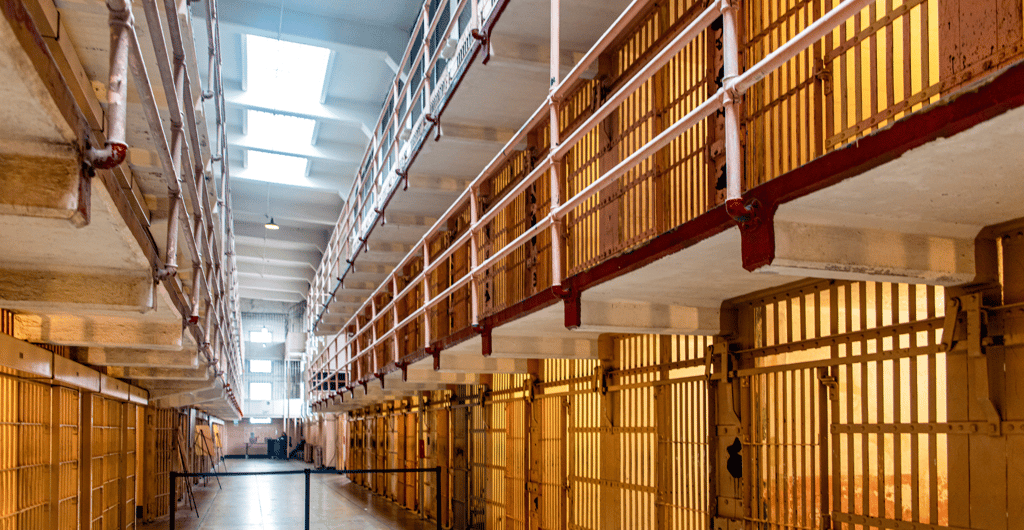

The Injustice of Addiction: A System That Still Doesn’t Understand
In courtrooms across the country, judges sentence addicts to jail time instead of treatment. People with real, diagnosable substance use disorders—who are suffering, not scheming—are handcuffed, labeled criminals, and thrown into overcrowded facilities.
Why?
Because our legal system still treats addiction as a moral failing, not a medical condition.
It’s a perspective that kills. And it’s long past time we challenge it.
Jail Is Not Detox—and It’s Definitely Not Recovery
When someone is arrested for drug possession or intoxication, they’re often booked, processed, and thrown into a jail cell with no medical support. If they’re withdrawing from heroin, alcohol, or benzodiazepines, the symptoms can be brutal—or deadly.
Jail staff are rarely trained to handle detox. And in many counties, people die behind bars because their addiction was treated like a crime instead of a health emergency.
This isn’t hyperbole—it’s happening. Every year.
The Numbers Speak for Themselves
Let’s break it down:
Over 65% of the U.S. prison population meets the criteria for a substance use disorder.
Only 11% of incarcerated individuals receive any form of addiction treatment while behind bars.
Within two weeks of release, people with opioid addictions are 129 times more likely to die from an overdose than the general population.
That last statistic is shocking—but it makes perfect sense. When someone is incarcerated, they’re forced into temporary sobriety without treatment or therapy. When they’re released, their tolerance is gone, but their cravings are still alive.
So they use again—at the dose they were used to—and die.
From Misdemeanor to Life Sentence: The Long-Term Consequences
Even a short jail stay leaves lasting scars. A criminal record can ruin employment prospects, limit housing options, and damage relationships. In some states, a drug conviction can bar someone from receiving food stamps or student loans.
This creates a cycle: addiction leads to crime, which leads to incarceration, which makes recovery and reintegration nearly impossible.
The system isn’t rehabilitating. It’s recycling people—through trauma, poverty, and shame.
A Broken System for Marginalized Communities
The legal response to addiction doesn’t affect everyone equally.
Black and Latino individuals are more likely to be arrested, charged, and sentenced harshly for drug-related offenses—even though drug use rates are similar across racial groups. This disparity isn't just unfair; it’s a form of systemic violence.
Addiction doesn’t discriminate. But justice often does.
What Should Justice Look Like for Addicts?
The solution isn’t about being soft on crime. It’s about being smart on recovery.
Drug courts, diversion programs, and medically assisted treatment within the justice system have shown incredible results. These programs focus on:
Treatment over incarceration
Long-term recovery plans
Accountability with compassion
Support for reintegration
When implemented well, they reduce recidivism, lower overdose rates, and actually save taxpayers money.
But these options aren’t available everywhere. And they’re often underfunded or underused because we’re still clinging to outdated ideas of punishment.
Real People. Real Stories. Real Loss.
Families of addicts often feel helpless when their loved one ends up in jail. They may even feel relief—thinking jail might “sober them up” or “teach them a lesson.”
But what if that’s the last place they ever go?
One mother shared her story: her son was arrested for heroin possession. He spent 30 days in county jail with no medical support. Three days after release, he overdosed and died.
He was 22 years old.
A Public Health Crisis, Not a Crime Wave
We don’t arrest people for having diabetes. We don’t jail people for having seizures. But we still criminalize those who relapse from a chronic brain disease that requires long-term treatment and support.
Addiction is a public health crisis. And until we treat it like one, we will continue to bury people who could have been saved.
What Can We Do?
This isn't just a policy issue. It's a community issue. Families, advocates, treatment professionals, and lawmakers must come together to:
Demand drug courts and diversion programs in every county.
Push for treatment options inside jails and prisons.
Remove legal barriers that make it harder for addicts to rebuild their lives.
Educate judges, officers, and the public about the science of addiction.
Stop stigmatizing relapse as “failure” and start seeing it as a sign that more support is needed.
Final Thought: When We Punish Pain, We Perpetuate It
Addiction is painful—for the addict and everyone who loves them. But punishment doesn’t heal pain. It silences it. It isolates it. And eventually, it explodes again.
If we truly want to see fewer overdoses, fewer broken families, and fewer repeat offenses, we must build a justice system that treats the root causes—not just the symptoms.
We have a choice: to condemn or to restore. To cage or to care. To keep burying people—or start saving them.
